Sachiko Takamuro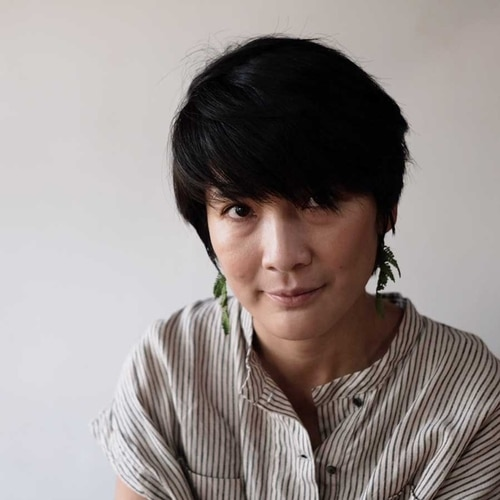
Takamuro works with shokunin, or artisan, in various fields whose work is grounded in nature and living tradition. She supports their productive collaborations with international creators while developing educational programs and tours to help people experience the world of craft as a mirror of culture.
Toryo Ito

Ito met with Vicky Tsai, the founder of Tatcha, one of the world’s most famous beauty brands and gave her this advice:
“…think of a tree. The most important part of a tree is its roots. The deeper the roots, the higher the tree can grow, safely. The roots keep the tree stable, while the branches are flexible, allowing the tree to withstand gale-force winds. Look at a tree when you feel overwhelmed, to think of your values as the roots, the things that keep you grounded, and to be flexible about everything else.”
Tomohiko Muto
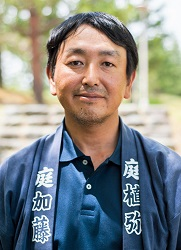
Tomohiko Muto is a staff gardener at Ukeyato Landscape: an established Kyoto landscape company which has been a dedicated caretaker of the Nanzen-ji Temple, the head temple of the Rinzai sect of Buddhism, since 1848, among other historic sites. Through Ukeyato Landscape, Muto currently serves as a head gardener at the Keihanna Commemorative Park in Kyoto.
Keikou Nishimura
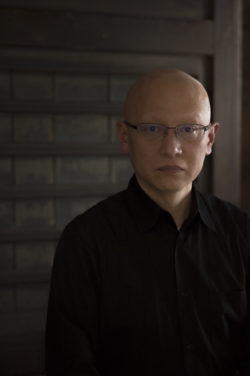
Keikou Nishimura is a third generation lacquer artisan who thinks deeply about the sustainability of his craft. As an urushi painter, he was worried that the kyo-shikki (Kyoto-style lacquerware) woodturners whose work he relied on to be able to continue his own craft would die out as Nishimura Naoki, the last kyo-shikki wood turner, refused to take on apprentices. Nishimura Keikou eventually decided to hire two students to learn woodturning from Nishimura Naoki, in order to ensure the survival of the woodturning art.
Keiko Udaka

Keiko Udaka is a Noh mask maker from Kyoto who comes from a long family line of individuals specializing in the art of Noh. Her approach to Noh mask carving extends to more modern interpretations. For instance, during the wake of the COVID-19 pandemic, she reinterpreted a Noh mask as a protective surgical mask, done by removing the top portion of the mask.
Haruhisa Kawamura
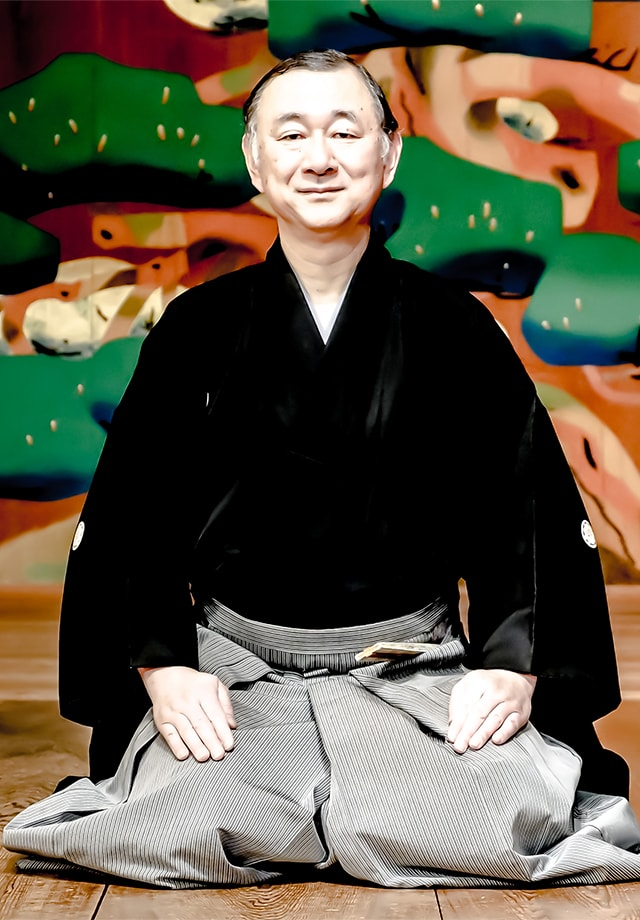
Kawamura is a noh performer for the Kanze School, mainly active at the Kyoto Kawamura Noh stage. He made his stage debut at the age of three while being taught by his father, the noh performer Haruo Kawamura. He is a visiting professor at Doshisha University, where he attended graduate school. In 2005, he was in the United States and Canada as a cultural exchange envoy of the Agency for Cultural Affairs, and he received the Kyoto Prefectural Cultural Award Distinguished Service Award in 2020.
Hosai Matsubayashi & Toshiyuki Matsubayashi

Hosai is a 16th-generation head potter at a 400-year-old atelier called Asahiyaki in the famous tea region of Uji. The two major goals of Asahiyaki are making of tea utensils and porcelain works. Asahiyaki history began with making matcha bowls for tea ceremonies, particularly for feudal lords and tea masters.
Chotaro Horii
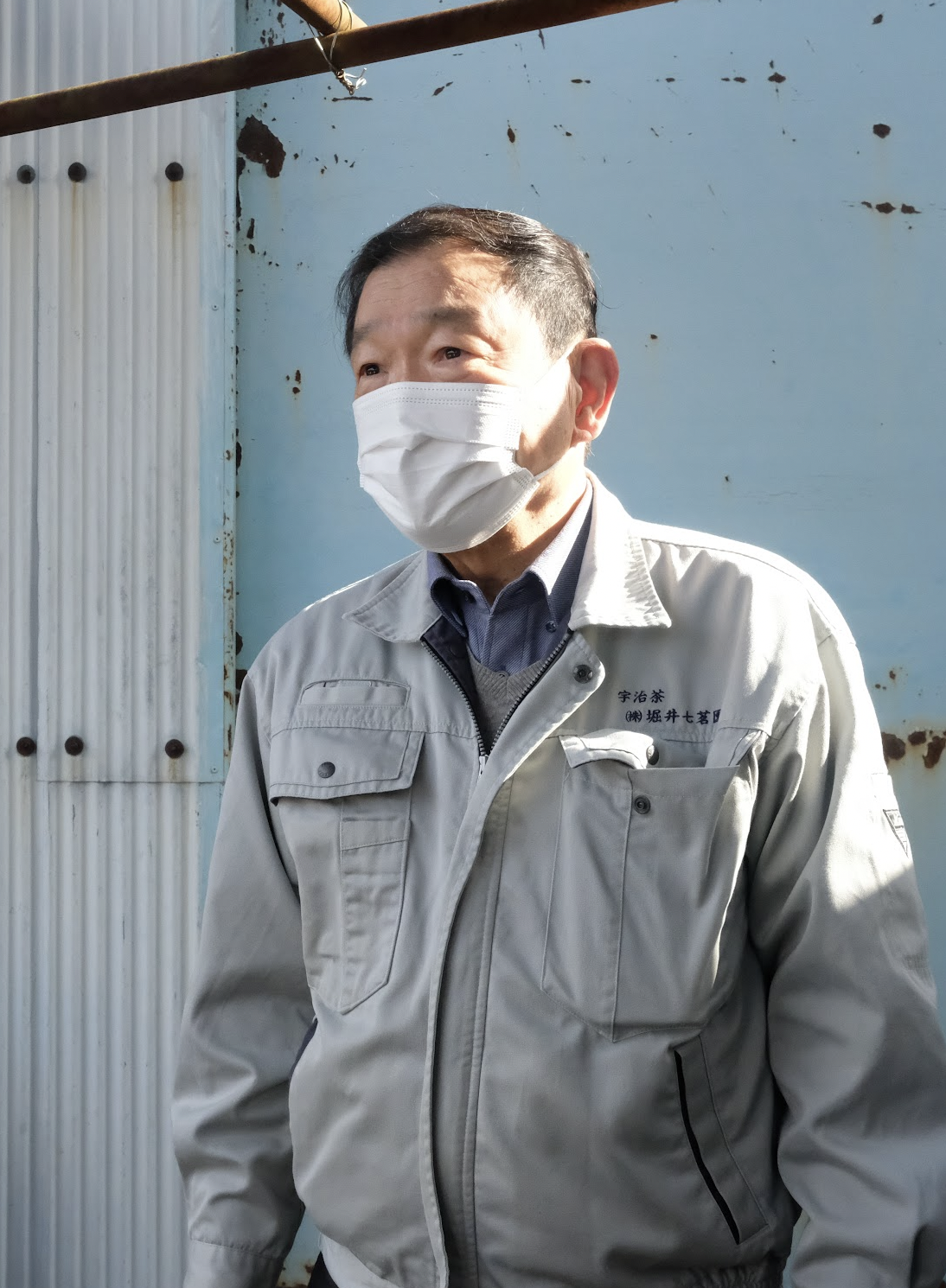
The sixth-generation owner of Horii Shichimeien, Chotaro Horii inherits a family legacy stretching back to the mid-Meiji period as well as a Japanese tea culture of nearly 800 years. Shichimeien means “seven great tea fields,” referring to original seven tea fields established by the Ashikaga Shogunate in the Muromachi period (1338-1573). Today, one of the seven gardens remains, with a few of the original, 600-year-old tea trees still producing.
Takuya Tsutsumi
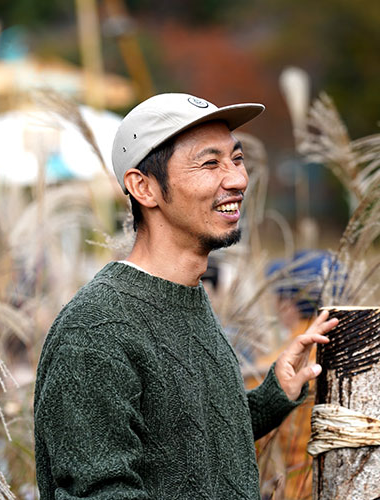
Urushi as a craft has thrived in Japan for over 10,000 years, yet it wasn’t until Takuya Tsutsumi, a fourth-generation artist whose family has been lacquering for centuries, that it got an innovative and sustainable twist. Lacquer has usually been reserved for expensive antiques, but under the guidance of Tsutsumi, it has been used for surfboards, skateboards, straws, and even bike frames.
Norihide Ogurusu

Ogurusu, along with being a senior priest of Goryo Shrine, is actually a musician who produces what he calls “laptop folk” music. His music is on Spotify and Bandcamp. According to his Spotify description, “interpretations of Norihide’s music have suggested that this juxtaposition of the acoustic and the digital deliberately echoes the contradictions of the nature worship of the musician’s faith with the ultra modern aesthetics of his home city of Tokyo.”
Ryosuke Toyama

Toyama prefers to be something of a mystery, although he embraces his position as “man behind the camera” by cultivating an active Instagram presence, sharing his life, work, and goals with the world.
Shigeri Kawarabayashi
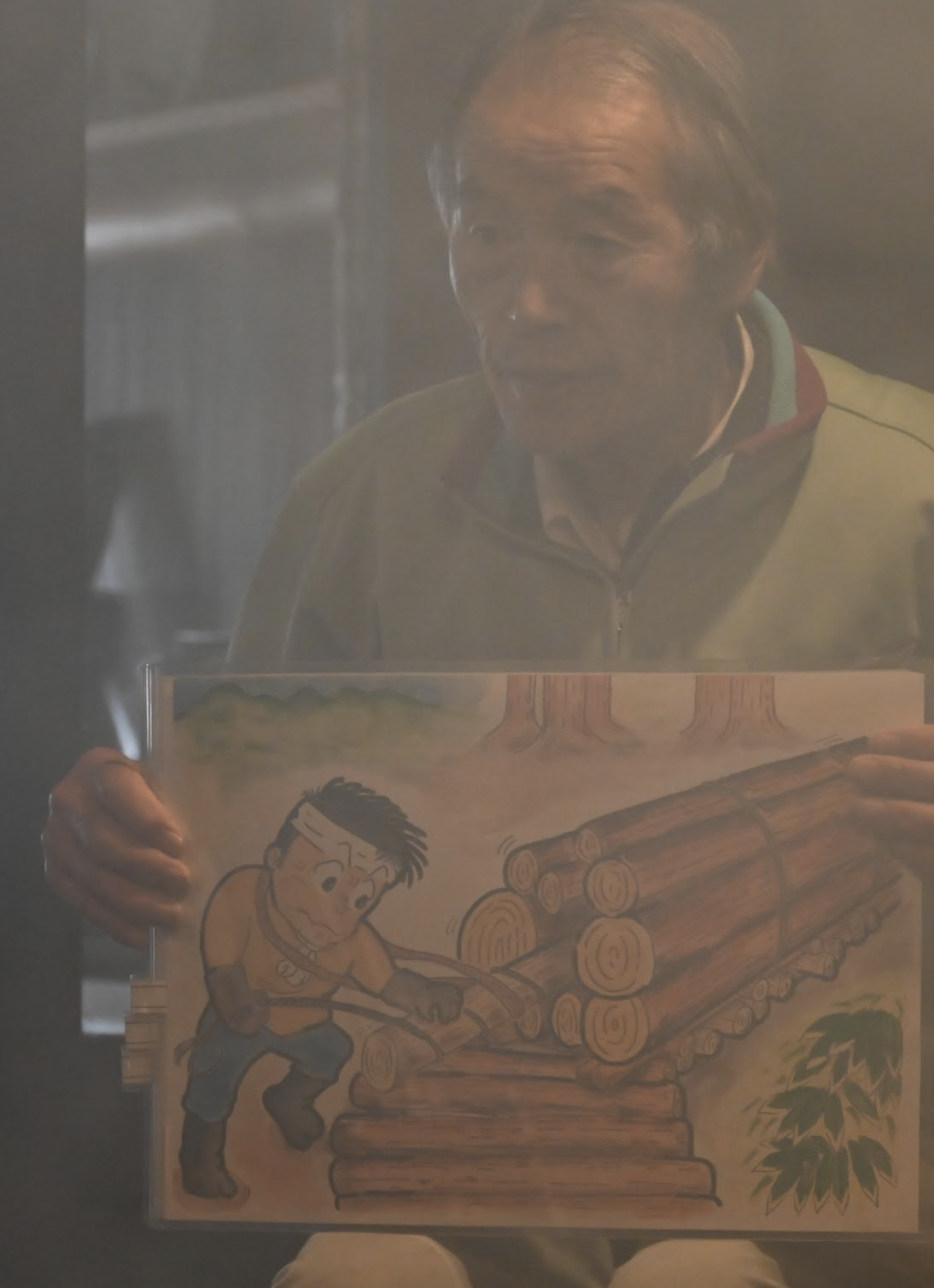
Although Kawarabayashi himself doesn’t occupy a large presence as an individual, his town is decently well known as somewhat of a haven for shokunin looking to connect their craft with nature.
Julia Yamane

Julia is a tour guide for the city of Kyoto, and accompanied us on many of our excursions as a interpreter and wealth of knowledge. On one special day, she took us on a tour of Kyoto’s waterways and how they connect parts of the city together.
